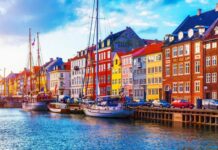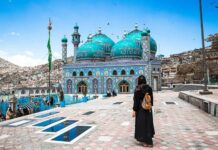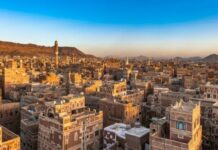Just a short distance from the daily traffic jams in the downtown area and the constant comings and goings of the pedestrians, Plaka is a breath of life, an opportunity to walk through its picturesque lanes or take refreshment at one of its little coffee shops.
Especially when the weather is fine, in the streets of this quarter of Athens one can encounter a mosaic of people strolling in a summer holiday atmosphere.
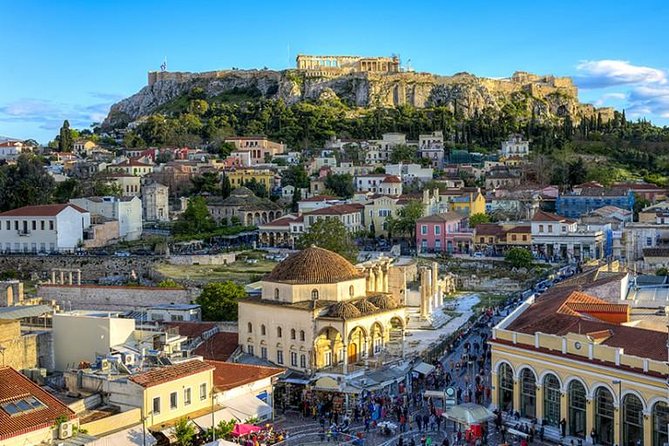
The Anafiotika quarter, originally settled by builders who came from the island of Anafi to help the Acropolis excavations, is a Cycladic enclave in the center of Athens. Neoclassical homes, low-built houses with tiny courtyards redolent of lemongrass and basil, and above all the interpersonal relationships in this close-knit neighborhood of the gods: these are some of the memories visitors will carry away with them.
Andrianou Street, unabashedly commercial, the Byzantine churches scattered here and there that blend in with fragrances of nature and the melodies from the eateries in Mnisikleous street leading to Acropolis, the cozy night clubs in Tholou street and the Old University, which now houses the Museum of Education- all are delightful and remarkable in their own way.
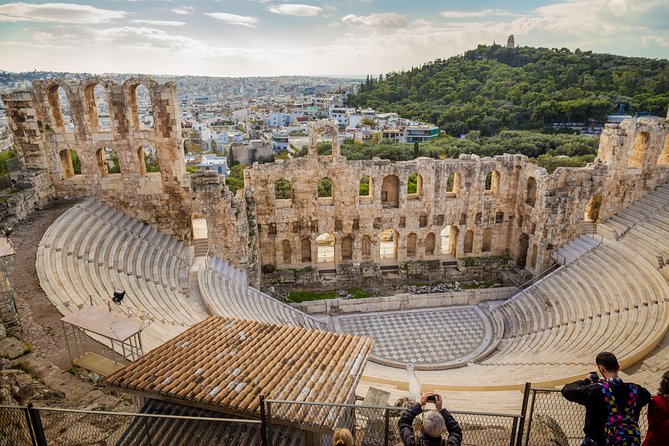
Another street in the vicinity owes its name to the ancient Cydathenaeon quarter of Athens. In present-day Cydathenaeon street is much- frequented Filomossou Eterias Square, offering a variety of cafeterias, ouzo bars, and snackeries.
Panos street leads to the Roman Agora, the Tower of the Winds, and a 17th-century Turkish seminary that was used as a prison after the War of Independence. Also in Panos street is the Folk Instrument Museum.
Another neighborhood of the gods, Monastiraki, can be found at the end of Pandrossou street. It owes its name to the “Great Monastery”, as KaisarianiMonastery was known in the Middle Ages. The Monastiraki flea market is more or less bounded by Ayiou Filipa Square and Ermou Street as far as Thissio and Pireos street but also spreads into the surrounding narrow streets. The whole area is evocative of an Eastern bazaar. Here one can move along with the crowds among the colorful stands, hear the tinkling music of an organ grinder, etc.
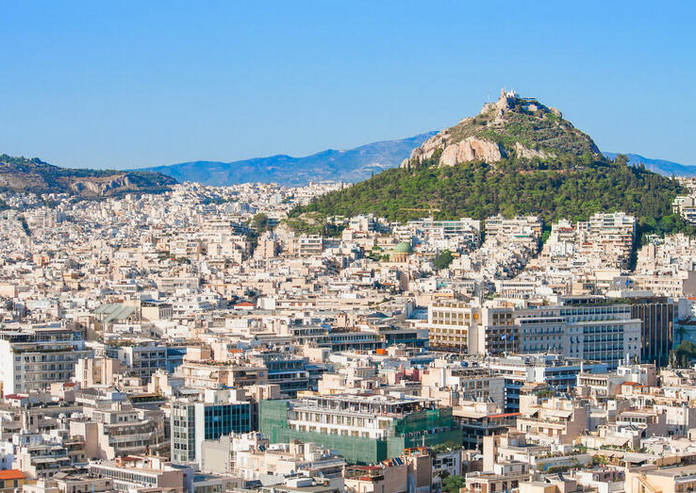
In Avissinias Square, among the junk, savvy buyers may discover real antiques displayed in shop windows, on outdoor stands, or even on the ground, weather permitting. Some afternoons, wandering musicians add a romantic note of theatricality to the scene. Besides antiques, there are shops selling hardware, furniture, ceramics, textiles, leather goods, and souvenirs of all kinds.
Some of the older ones seem to have been forgotten by time, reminders of years gone by in an area that has served as a marketplace for centuries.
The neighboring Psiri quarter has experienced rapid development in recent years and has grown into somewhat of a cultural center for the surrounding area with a number of new theatres reflecting the vitality and inspiration of their creators. Here too, one can sample tasty dishes in the numerous ouzo bars and tavernas. In Plaka and Monastiraki, life moves at an old familiar pace.
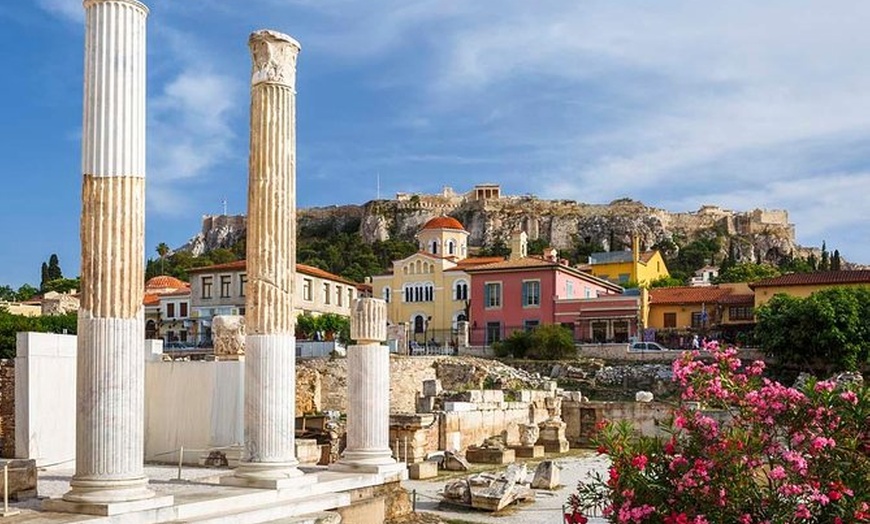
Means of transport:
– By sea: Athens is connected with the islands of the Saronic Gulf and the Cyclades with the ports of Piraeus, Rafina, Lavrio, and Oropos. These ports are connected with the center of Athens via buses.
– By air: The Athens International airport Eleftherios Venizelos (about 35km from the center of the city) is connected with the city via Attiki Odos, the Vari- Korovi avenue, and with the Proastiakos train, which has in most stations connections with the Electric Station and Metro. More useful information and related links can be found on the airport website. www.aia.gr
– Buses and trolleybuses
The OASA (Athens Urban Transport Organization) has approximately 350 buses and trolleybuses, covering all Attica. There are almost 20 main routes with the center of Athens always as the starting point. In the municipalities are local routes that are connected with the main ones. The trolleybuses cover the central areas of Athens and Piraeus.
Within the city of Athens, you can use your transportation, taxi or public transport such as the OASA buses, the Metro, the Tram and the Suburban Railway (Proastiakos).
PUT THIS CHAPTER UNDER SARONIC ISLANDS, PLEASE:
How to get there:
You can get to Aegina, Angistri, Poros, Hydra or Spetses by boat or ferry from Piraeus. You can shorten your journey by taking the speedboat, again from Piraeus.
In addition to its main port, Aegina has two more ports, Souvala and Ayia Marina, which you can reach directly from Piraeus by boat or speedboat. You can also get to Aegina from Angistru. There are daily connections, with more frequent departures in summer and less in winter. You can get to Poros by car, following the National road to Corinth and then taking the Isthmus- Epidaurus- Galatas road. There are regular connections by ferryboat from Poros.
You can reach Spetses by road, following the above route but after Nea Epidavros taking the new road for Koliaki, Kranidi, and Kosta, which lies opposite Spetses. You must leave your car at Spetses, since private vehicles are not allowed on the island, just as at Hydra.
You can reach Salamis by boat and there are frequent connections from Piraeus in summer. You can also go by ferryboat, with frequent connections all year round from Perama to Paloukia on Salamis.
Public transport
Local buses serve routes on all the Argosaronic islands except Hydra.


